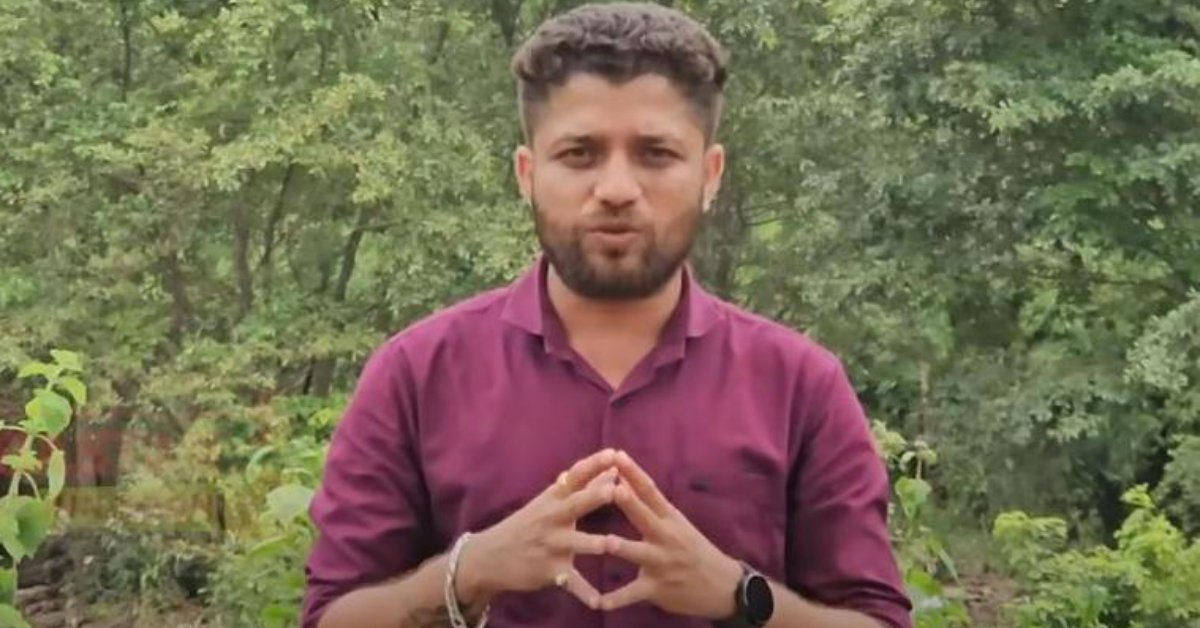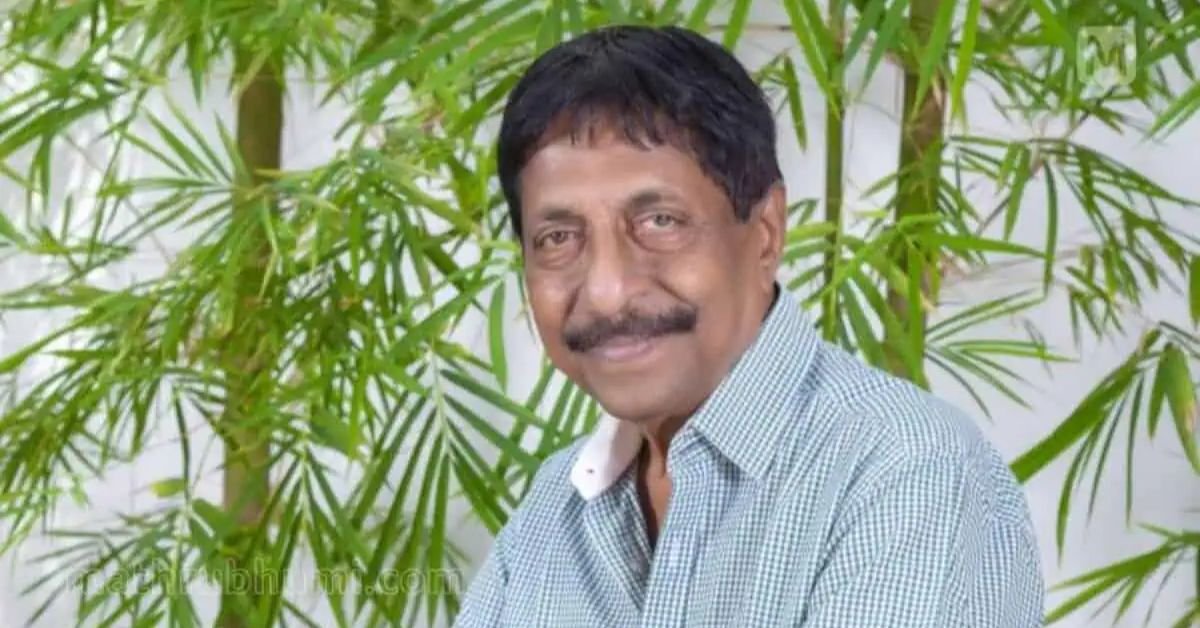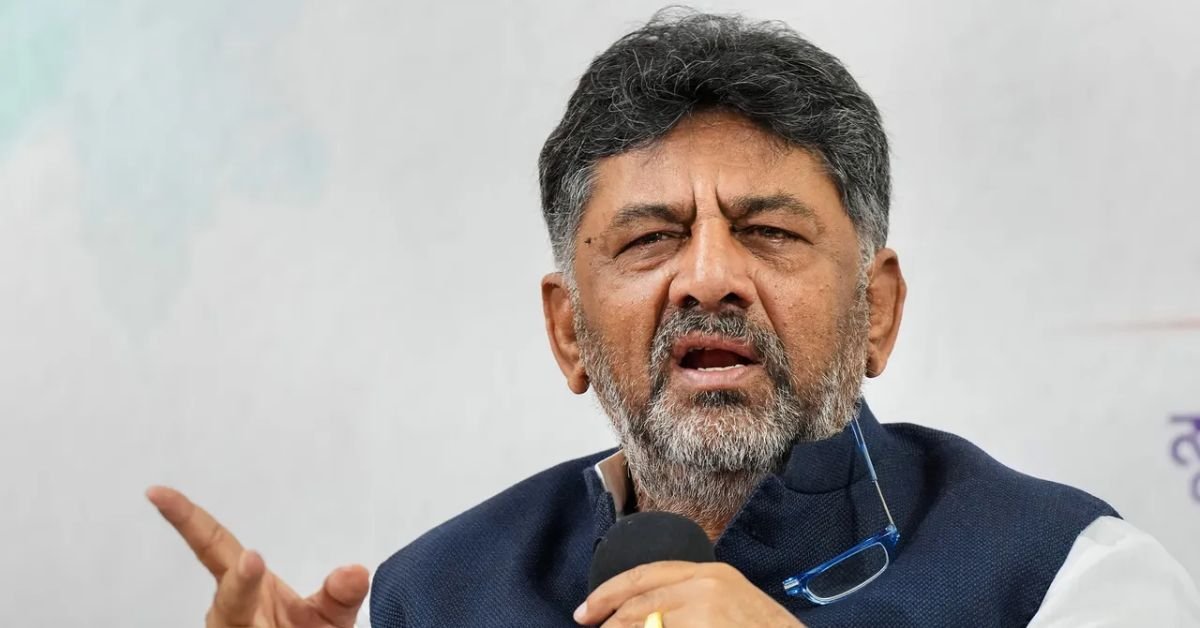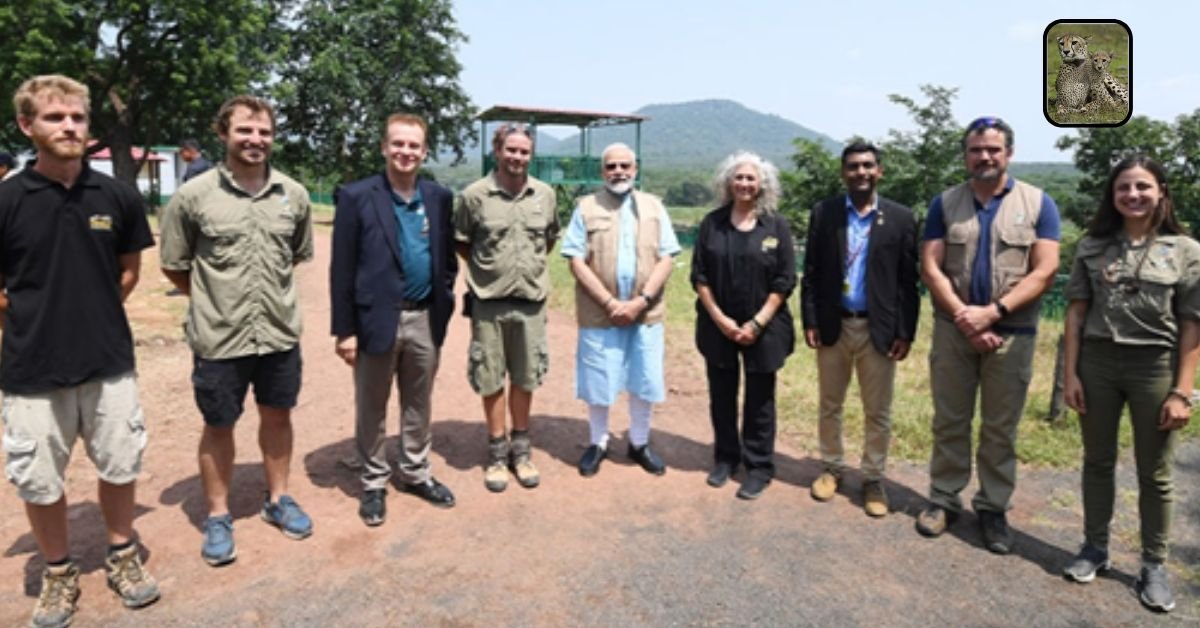The murder of Mukesh Chandrakar, a journalist from Chhattisgarh, India, has brought attention to the risks faced by reporters in volatile regions.
Found in a septic tank last week, Chandrakar’s body was recovered from the compound of a contractor he accused of corruption.
Three suspects, including the contractor, are in custody. His death sheds light on the challenges of independent journalism in areas rife with conflict and systemic corruption.
Chhattisgarh, known for its mineral wealth and Maoist insurgency, has long been a dangerous place for journalists.
Chandrakar, 33, operated in Bastar, one of the state’s most conflict-prone districts.
Through his YouTube channel, Bastar Junction, he highlighted the struggles of villagers caught between insurgents and state forces.
His stories exposed critical issues like inadequate infrastructure and wrongful imprisonment of tribal people, gaining him a loyal audience of over 165,000 subscribers.
Despite his impactful reporting, Chandrakar faced financial challenges as a freelance stringer, often working without recognition or adequate pay.
Colleagues recall his unwavering commitment to uncovering untold stories, even as he navigated threats from powerful groups.
His work served as a vital platform for marginalized voices, making his loss deeply felt in the community.
As investigations into Chandrakar’s murder continue, his tragic death underscores the urgent need for better protection and financial support for journalists in India’s most dangerous regions.
His resilience and dedication to reporting have left an indelible mark, inspiring others to continue his legacy of fearless journalism.






